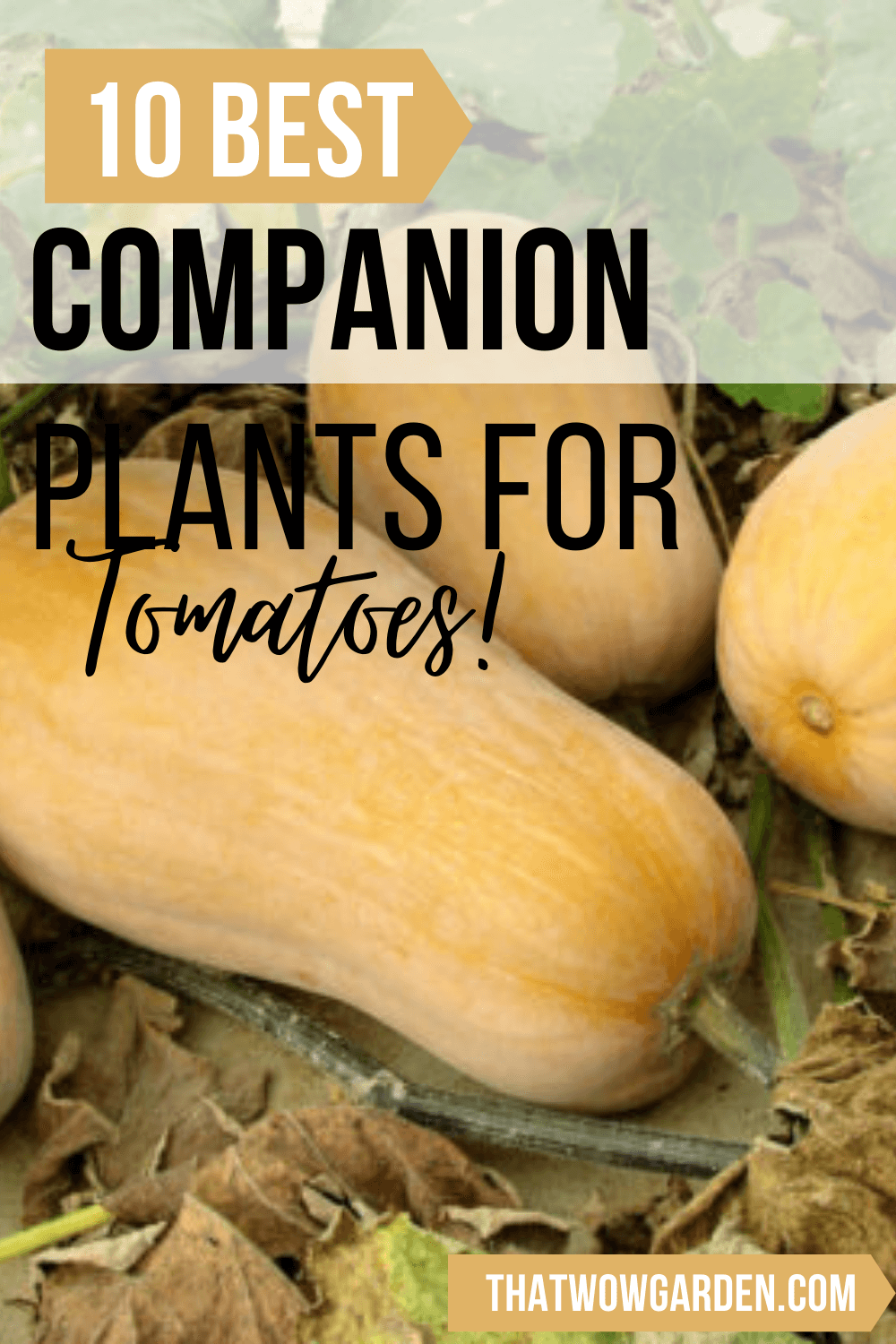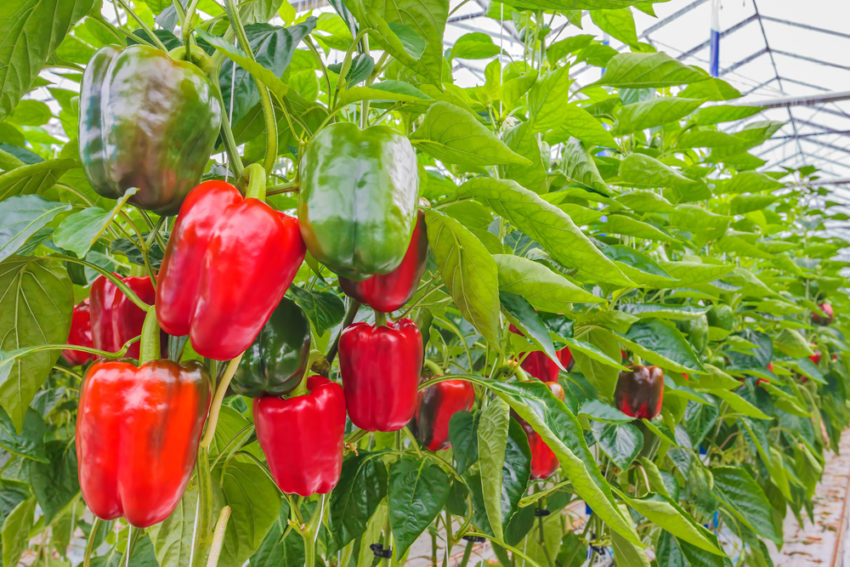Companion planting is a tradition that goes back thousands of years, and can even be dated to the Mesoamerican times, cottage gardens in England and the luscious gardens of Asia. It was used to increase crop yield, reduce pest infestation and serve as a habitat for beneficial insects.
Keyword being beneficial, and not those annoying gnats that you have to slap on your face every summer! While we know that carrots and tomatoes are definitely in love with each other, what other plants can serve as a companion? As they say, “never have a companion that casts you in the shade.”
1. Peppers
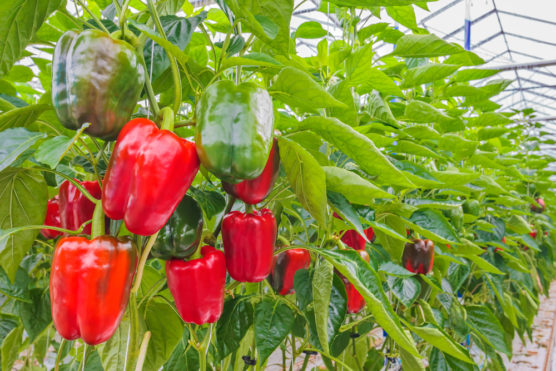
Who doesn’t love delicious and classically sumptuous pepper and cheese sandwich? While some gardeners may advise against planting vegetables like potatoes or peppers with tomatoes, due to possible diseases being spread, bigger problems occur if you were to plant peppers after planting tomatoes.
That would reduce soil fertility, and cause a larger load of problems, so this method of crop rotation is much more efficient.
2. Borage
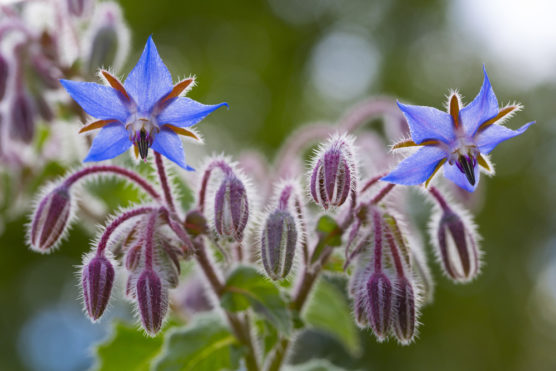
These beautiful flowers actually have two functions. Sit still, look pretty (very important). And, to protect tomatoes from tomato hornworms. It also repels those nasty, pesty insects, and pests. Forgive the pun. It’s also a great addition to soups, salads, summer drinks, and other food items that need a little fresh flavor!
3. Carrots
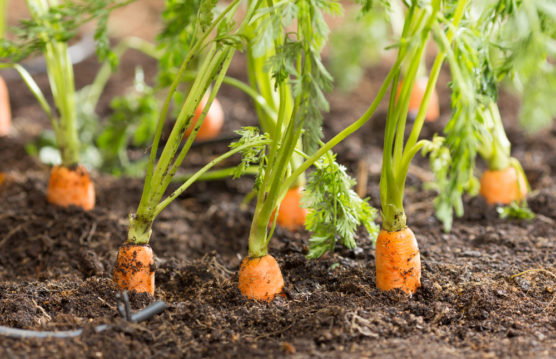
What’s that they say about carrots? ” Carrots are a great thing to eat when you’re hungry and want to stay that way.” Before your tomatoes start fully developing, it’s best to start planting your carrots. Then, plant another batch of carrots when the tomatoes are on their last growth spurt, before ripe and ready for plucking.
If you plant any in between, you’ll definitely have tasty, but slightly stunted in growth carrots. But hey, if pudgy carrots don’t bother you, by all means, plant in between growth times! Personally, I feel like pudgy carrots are like small aliens that will suddenly sprout arms and attack me, but that’s just me.
4. Asparagus

Asparagus, while beautiful to have and harvest, take a while to grow and develop. As they say, good things come to those who wait! The advantage of growing tomatoes next to asparagus is that it repels nematodes away from the tomato roots. Nematodes are basically parasitic plant worms.
To be honest, normal worms freak me out. So parasitic plant worms are a new class of creepy insects to avoid in life. Alternatively, just as the asparagus helps the tomato, the opposite is true as well.
The tomato plant reduces the weeds that grow around the asparagus, which is a relief considering you can reuse the same garden space to grow another plant with minimal cleanup and a well-mixed fertilizer.
5. Celery
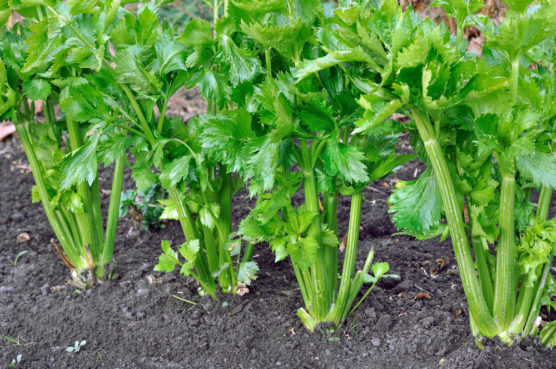
This is another beautiful plant in the greens family that is mutually beneficial to grow along with tomatoes. You should also clear the gardening area of any rocks roots and debris, before working in some manure and fertilizer into the soil. This well ensure the speedy growth of the celery. It also repels the cabbage white butterfly, which means you should under no circumstances plant the cabbage next to the tomatoes. That’s as big of a crime as eating a peanut butter and pickle sandwich.
6. Squash

The squash makes up one plant of the mighty trio that is planted, along with tomatoes and borage. So if you’re worried about squash and tomatoes not having a partner, borage completes the trio. Their large leaves and spreading plant form make it easy for a large amount of ground to be covered.
I guess that’s why Cinderella had a pumpkin to escort her. Because carriages were way too slow for her, so she took a pumpkin knowing it covered more ground. Since squash and tomatoes need almost the same living conditions, it’s easy for them to grow together.
7. Cucumbers
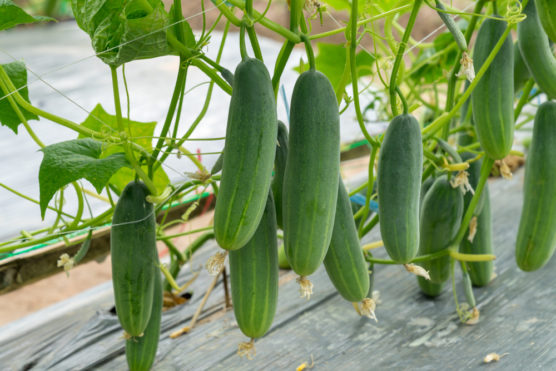
Cucumbers are perfect to add into a salad or even a cool drink during the hot summers. Cucumbers, similar to celery’ and tomatoes’ living conditions make a great partner to tomatoes.
They can also be grown in small areas, so if you’re worried about having a small growing space, don’t worry! On the topic of worry, it reminds me of a cute cucumber quote, “The human is 80% water, so we are basically just cucumbers with anxiety.”
8. Calendula
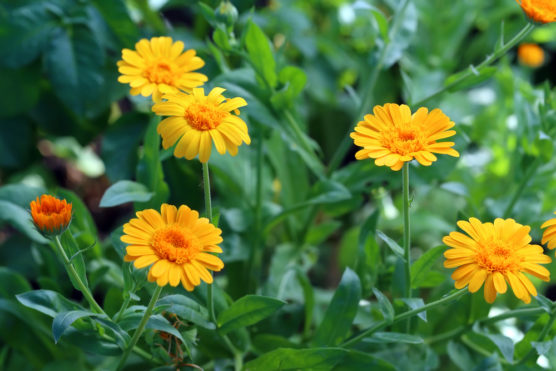
Honestly, I misread this at first and thought it was Dracula. I don’t care how much of a classic cult story it is, it’s still really creepy in my opinion. Thankfully, these flowers don’t suck blood, however, they can suck all the moisture and water from their habitat if not provided with enough.
It goes really well with salads, but to get to the flowering step, you have to make sure you don’t kill it first. It requires good sunlight, an adequate amount of water, and a liquid bloom fertilizer throughout its blooming season.
9. Garlic, Onion, and Chives
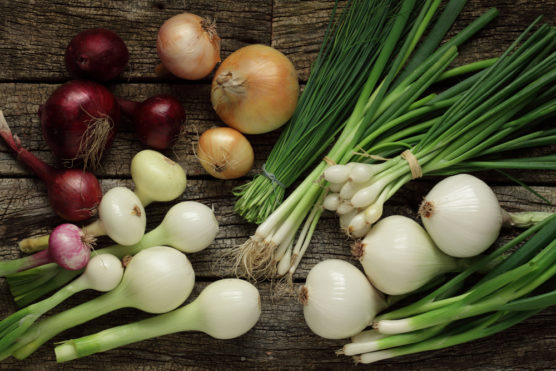
I feel like these three ingredients together would make a wonderfully light pesto for the perfect family night pasta. Especially if you’re trying the whole “eating right” thing, but sneaking a brownie before bed every night. These vegetables grow well not only with tomatoes but also with other plants because they don’t grow aggressively. This is really helpful because a reenactment of Independence Day is the last thing you need in your garden.
Plus we all know what a great addition they are to those Italian recipes you’ve been dying to try out. The pungent smell of garlic and onions also repels any pests or insects that could otherwise harm and infect the tomatoes.
10. Basil
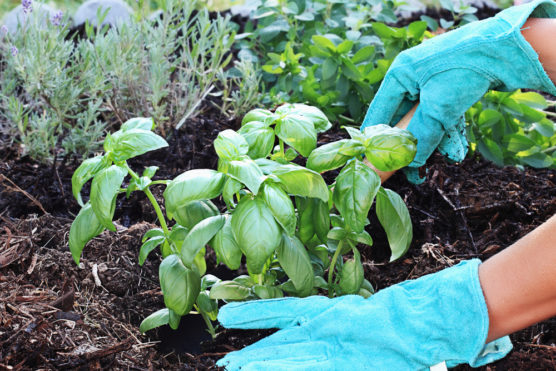
Not only do basil and tomatoes go together as well as peanut butter and jelly in a dish, but they also grow very well together in a garden. It improves the tomato patch you grow, reduces pest infestation and apparently improves the taste of fruit in general.
While it’s great to grow tomatoes alone, it’s much better if you grow it along with the right companion. This will not only be mutually beneficial to both plants, but it will also have a healthy impact on the soil. Now that you’ve nailed the basics, happy planting!
